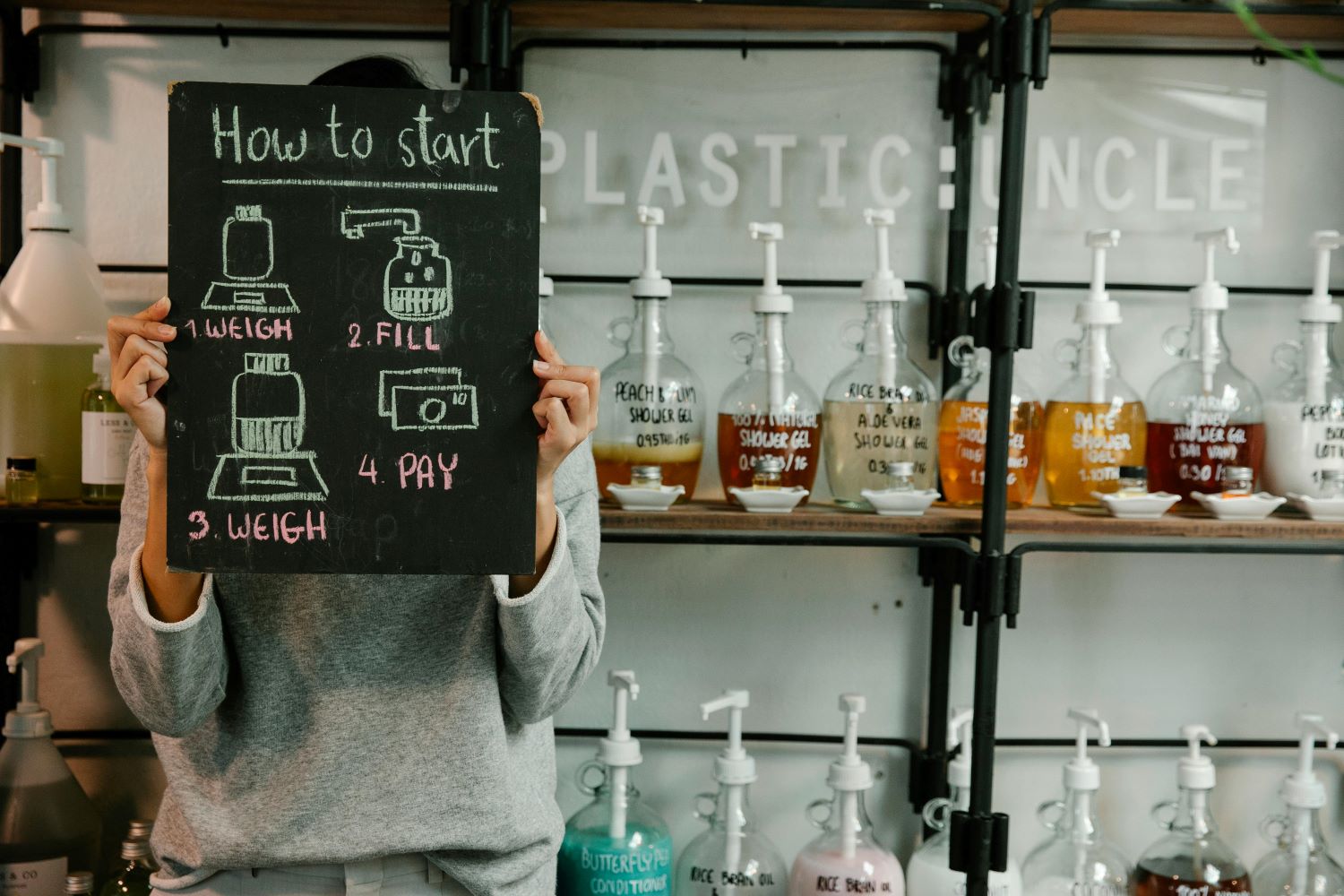The whole world is rumbling about sustainability, eco-friendly solutions, green energy, all kinds of environmental issues in the world, and reducing harmful emissions. Admittedly, we’ve been culprits of that in this very blog section.
It’s all about taking responsibility, protecting the planet and supporting everyone who’s trying to follow sustainable practices.
But at what cost?
That’s a fair question. These costs are not just borne by these companies, but more so by the consumers. We’re being told it’s the right thing to do for the planet but what about our finances?
There’s no getting around it, the whole world is in a crisis. Depending on who you listen to, it’s either extremely serious or nothing we haven’t seen before.
Regardless of what the truth of the matter is – we’re in a recession. So, why spend more money on, let’s say, bamboo bath towels when you can get microfibre ones for half the price?
Because one thing you’ll notice about these sustainable products, perhaps even the first thing, is their price tag. It’s typically bigger than in the case of conventional items.
But why? And is it actually?
Let’s run some numbers.
Time for Some Math
Sustainable products are more expensive. We keep hearing that sentence all the time.
Of course, everything depends on the brand and the product but according to the research conducted by the Dutch consulting company Kearny, the prices of sustainable products are higher by 75-80% on average. That’s quite a markup.

This green gap can easily be the reason why consumers choose conventional products. It’s not about caring or not caring about the planet; it’s about financial situation. People simply cannot afford them.
In fact, research by Deloitte seems to back that claim since they found that as much as 52% of consumers are not making more environmentally-conscious choices for that reason exactly – the cost.
...and the Aftermath
After this rather discouraging intro, you might be thinking why even bother being a mindful consumer? It’s the right thing to do, but shouldn’t it be as easy as possible? We’re in this together, aren’t we?
Yes, we’re trying to do the right thing – both brands and consumers. But these brands are paying a premium to hold these high standards.
High-quality materials, responsible practices, ethical sourcing and fair pay rates. All of this sounds normal, but the fact of the matter remains – competition doesn’t play by the same rules. And that’s where the real issue is.
They keep cutting corners and prices, which is how they get easy wins and new customers every day. But it gets worse.
Planned Obsolescence
Have you ever heard of that? It’s becoming quite a popular term, especially in the electronics business.
The idea is simple - and disturbing. Let’s use smartphones as an example. Various brands make poor quality or outdated devices to make them obsolete soon, and to convince consumers to get an upgrade.

This way they keep pocketing the profit – by creating demand on their own.
The reason we mention the idea of planned obsolescence is simple – it proves there’s more to the product than just a price, despite what we tend to think.
Devil’s in the Details
So, what is the aftermath? Well, you’re much more likely to be forced to replace a cheaper, conventional product. For a smartphone, it’s every 2.5 years on average, but often it’s actually much less (anywhere between 12 and 18 months).
Regular (or incandescent) bulbs are another example – they last from 750 to 2,000 hours on average, which doesn’t really stack that well against LED bulbs with their impressive 40,000 – 50,000 hours.

Since we don’t really have a viable alternative to electronics, strictly speaking, let’s talk about fast fashion. It’s a prime example as well. The whole reason they are so cheap is that you’re going to grab another piece before you know it. You get what you pay for.
Hence begs the question, are they actually cheaper?
Hidden Costs
It’s plain to see there’s a completely new factor in our little equation. It’s how long we’re going to get to use the product before replacing it with a new one. Because it generates more waste – in terms of your own money and the well-being of our planet.
So, even though we think we’re being smart here by spending less money, we’re actually falling into the trap and end up buying the same product 3 or 4 times.
It’s not a rule, of course, but that’s basically the gist of it all.
Why the Hefty Price?
We’ve talked about higher manufacturing costs and other business expenses. But what are they exactly and why do they cost more?
Let’s start with the raw materials. They have to be of a high quality, which makes them less attainable. What’s more, the sourcing methods are also different.
By now, you most likely already know all about cotton. To say it’s harmful to the planet is to say nothing. So, alternatives, like organic cotton, require using different, more sustainable methods for growing the crops.

Incidentally, it’s also more expensive, with natural fertilizers and pest control methods. There you go – that’s why organic cotton towels are more expensive than regular cotton ones. And it’s pretty much the same for other types of eco towels.
Why did we even start using chemicals anyway? All the conspiracy theories aside, the actual motivation was most likely pure convenience. They are more effective and less labour-intensive than natural methods or substances.
And they come at a fraction of the price? Well, sign me up.
But it’s not the only reason. Sustainability is about circularity, recycling, downcycling, repurposing and repairing – whatever it takes to keep the product as useful as it possibly can be through the entire period of its lifetime. With low-quality materials that’s not an option.
Polyester mats are probably the most budget-friendly option, but how do they fit into the circularity and repairability?
An absorbent bath mat made from diatomite, on the other hand, is the perfect example of an actual sustainable product. Not only is it made from a completely natural and ethically sourced material, but it’s still very useful even after the product is at the end of its life cycle.
But there’s still plenty of time – and uses – before that happens. That's why shopping with sustainable brands and choosing eco friendly products is the way to go.











